Why a Walking Routine Matters More Than You Think
If you're a dog parent, you already know that daily walks are non-negotiable. But did you know that a structured walking routine can drastically reduce unwanted behaviors like barking, pulling, or chewing? According to certified dog behaviorists, regular walks with structure and consistency help create calm, well-adjusted dogs.
Here’s why the right routine is so powerful:
-
It reinforces leadership and trust between dog and handler.
-
Predictability reduces anxiety, especially for high-strung breeds.
-
Physical and mental stimulation help prevent destructive behaviors at home.
Think of it this way: a good walk is like a reset button for your dog’s body and brain.

Step 1: Define Your Dog’s Ideal Walk Schedule
Every dog is different, and that includes their walking needs. A Chihuahua won’t need the same routine as a Border Collie. But here’s a general guide backed by experts:
| Dog Size/Breed Group | Walks Per Day | Total Time Needed |
|---|---|---|
| Toy/Small (e.g., Yorkies, Pomeranians) | 2 | 30–45 mins |
| Medium (e.g., Beagles, Bulldogs) | 2 | 45–60 mins |
| Large/Active (e.g., Labs, Huskies) | 2–3 | 60–120 mins |
🚨 Pro Tip: Morning walks are ideal for releasing pent-up energy and setting the tone for the day.
Step 2: Choose the Right Equipment
A great walk starts with great gear. Ill-fitting or poor-quality accessories can lead to discomfort—or worse, injuries. Choose items that are both functional and fashionable.
Your Routine Gear Checklist:
-
No-Pull Harness – Minimizes pulling and distributes pressure safely. Try Dogistry’s Secure-In-Place Harness.
-
Adjustable City Leash – Ideal for urban walks. The 3-in-1 City Leash by Dogistry adjusts from 2 to 5 feet and features a bungee for tension relief.
-
Poop Bag Holder – Don’t be that person. Dogistry’s designer holders clip right onto your leash.
-
Collar with ID Tag – Always walk with identification.
-
Treat Pouch – For reinforcing good behavior mid-walk.
✨ Minimalist dog moms and dads, we see you—shop our curated essentials here.

Step 3: Set a Route—and Stick to It
Dogs thrive on routine. Choose a route that’s:
-
Safe (no loose dogs or heavy traffic)
-
Interesting (grassy areas, new scents)
-
Consistent (to reduce anxiety and build routine)
📍 Bonus: Use the same cues each time you prep for a walk. Phrases like “Let’s go!” or the jingle of your leash help condition a calm, positive response.
Step 4: Master the “Structured Walk”
Behaviorists recommend following a structured walk sequence. It’s not just about letting your dog sniff for an hour—there’s a rhythm to it.
The 3-Part Walk Strategy:
-
Structured Walk (10–15 minutes): Your dog walks beside or slightly behind you on a short leash.
-
Sniff & Explore Time (5–10 minutes): Let them wander, sniff, and take potty breaks.
-
Return to Structure (10–15 minutes): Finish the walk in “work mode” to reinforce calmness and focus.
💡 Use Dogistry’s City Leash to easily adjust length between structure and sniff sessions.
Step 5: Add Enrichment Without Overwhelm
Dogs don’t just need physical movement—they need mental stimulation too. Mix up your walks with:
-
Mini training sessions (sit, stay, heel)
-
Scent walks (hide treats or toys)
-
Socialization stops (dog-friendly parks or cafés)
Behaviorists agree that a mentally tired dog is a happy dog—and far less likely to dig holes in your backyard.
Step 6: Track Your Routine for Success
Like any habit, tracking helps. Use a simple journal or pet-tracking app to record:
-
Time and length of walks
-
Dog’s mood/behavior afterward
-
Any accidents or outbursts at home
📊 You’ll start to notice patterns. For example, your dog might be less reactive after longer sniff sessions or more relaxed after morning walks.
Vet-Approved Safety Tips for Walks
Always keep safety top of mind:
-
Avoid hot pavement (touch with your hand—too hot = no go)
-
Watch for salt or chemicals in winter
-
Bring water and a collapsible bowl
-
Keep your dog visible at night with reflective gear
And of course, check your harness fit regularly. A loose harness is a safety risk. Here’s how to fit a harness properly.
The Takeaway: Walking is Connection, Not Just Cardio
Creating a perfect dog walking routine isn’t about rigid rules—it’s about consistency, intention, and the right tools. When you walk with structure and style, your dog learns to trust, focus, and enjoy the world around them.
Whether you’re navigating busy city streets or quiet suburban trails, Dogistry’s curated walking gear makes every walk easier, safer, and undeniably chic.
🛍️ Ready to elevate your daily walk? Explore Dogistry’s best-sellers and turn your routine into a ritual.











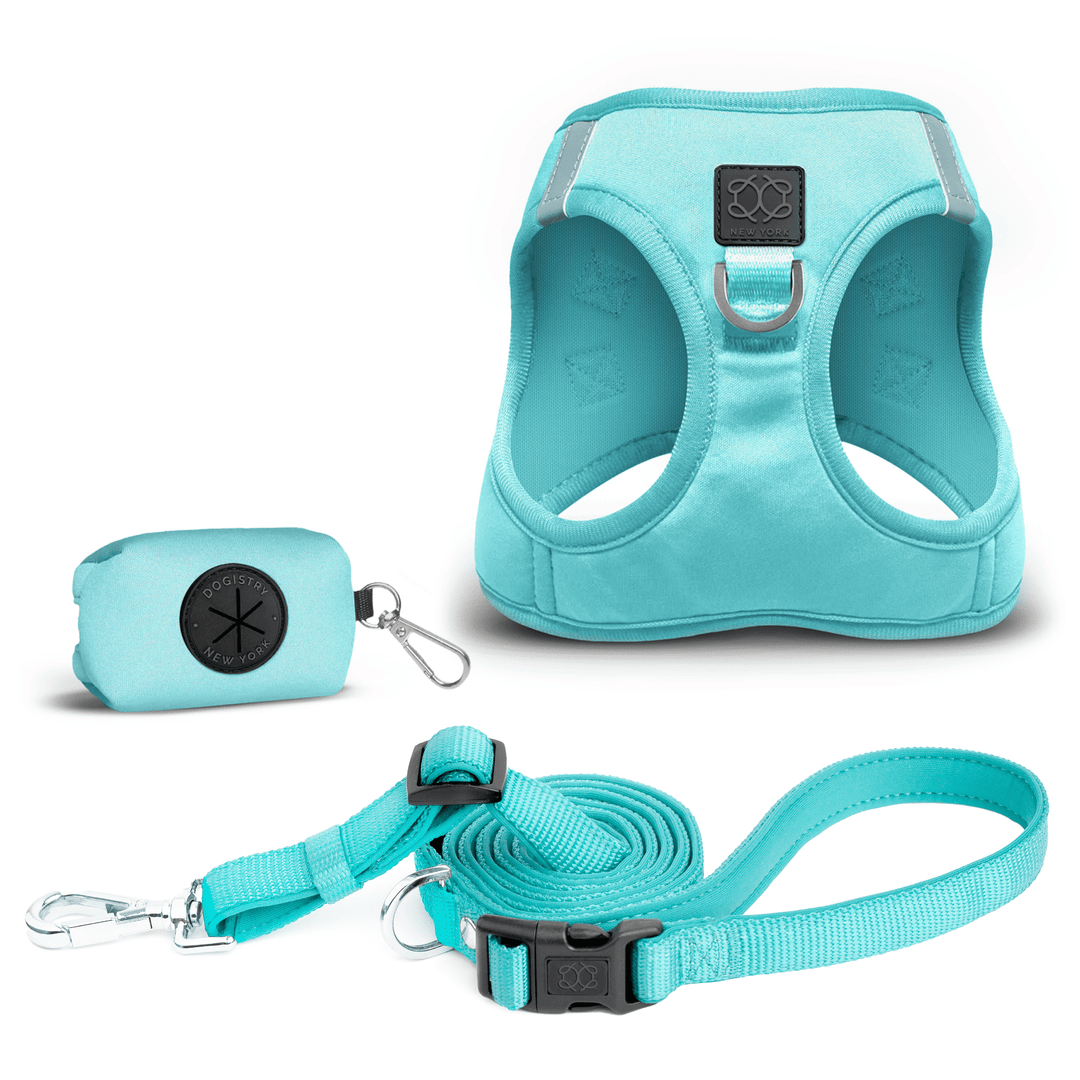
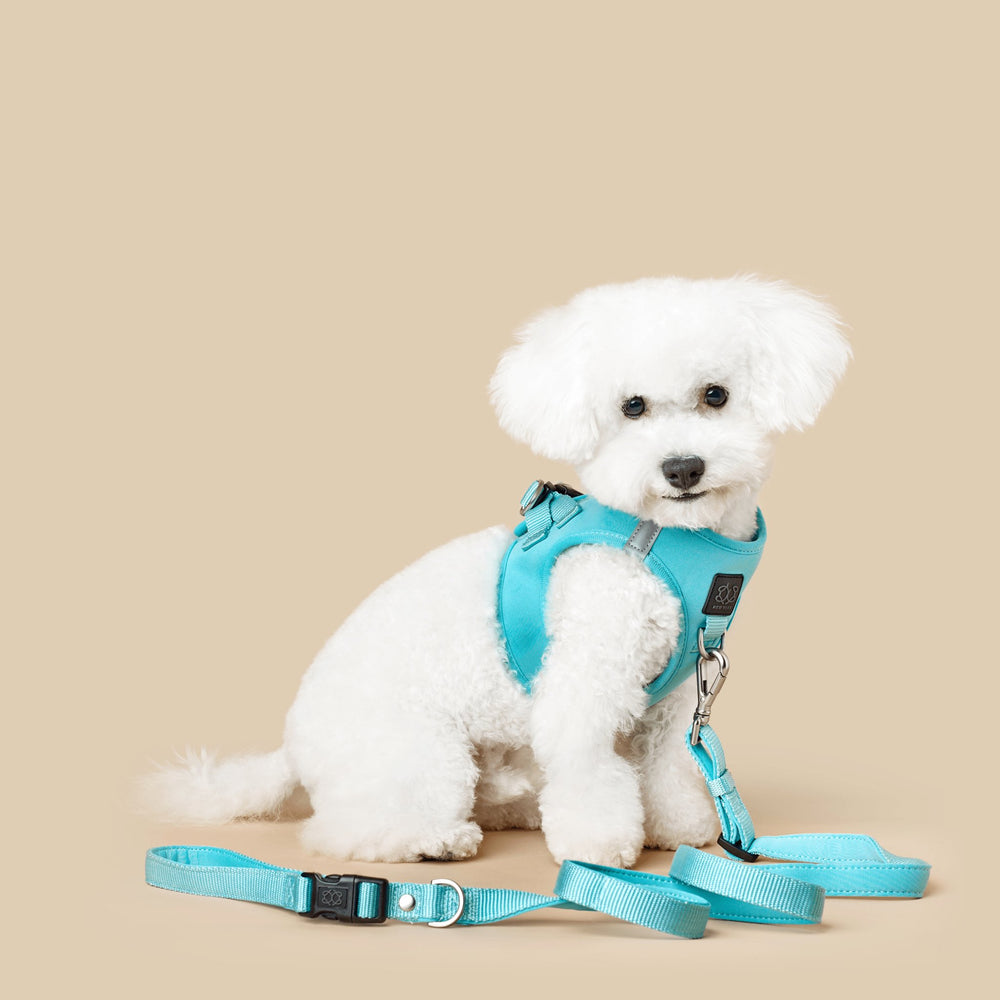
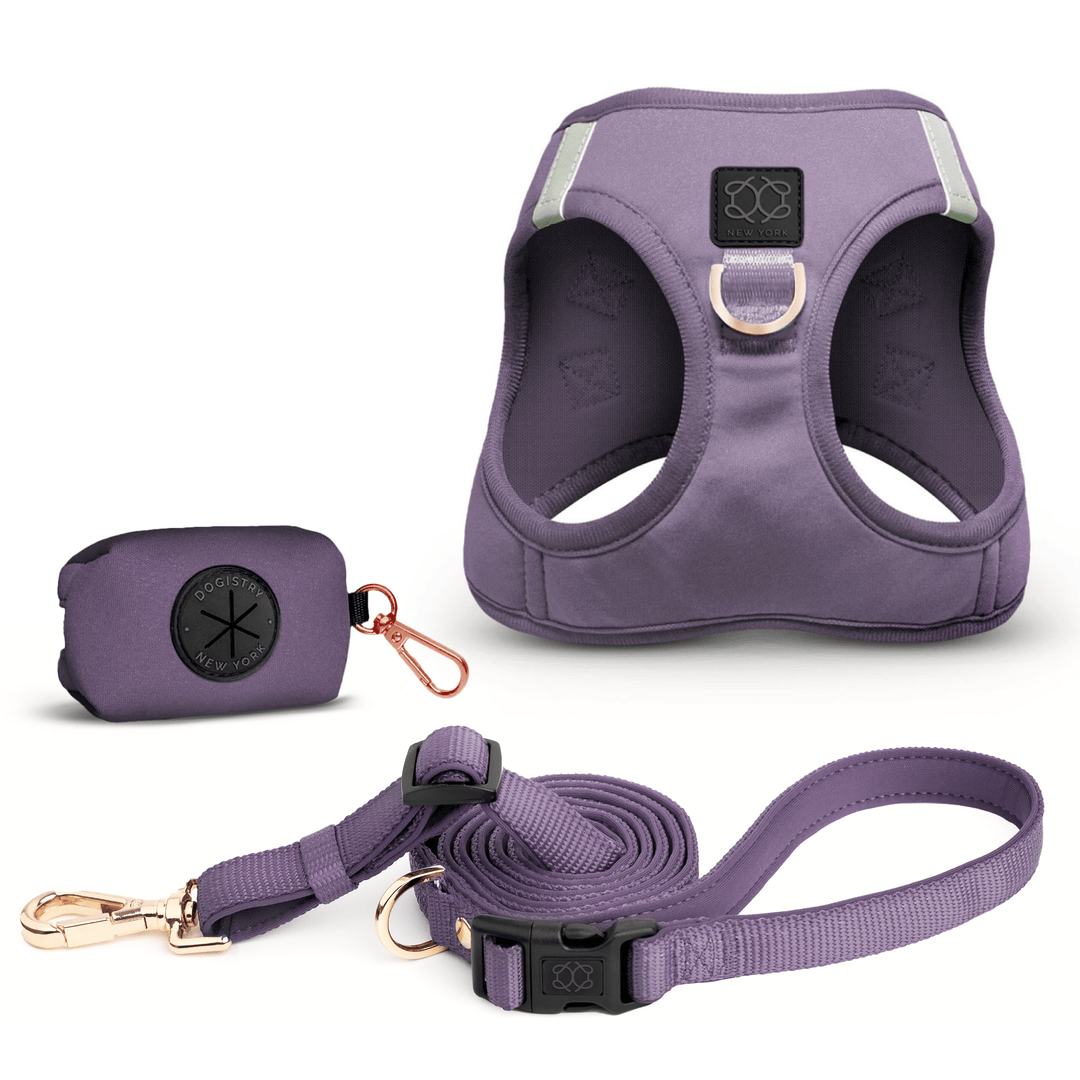
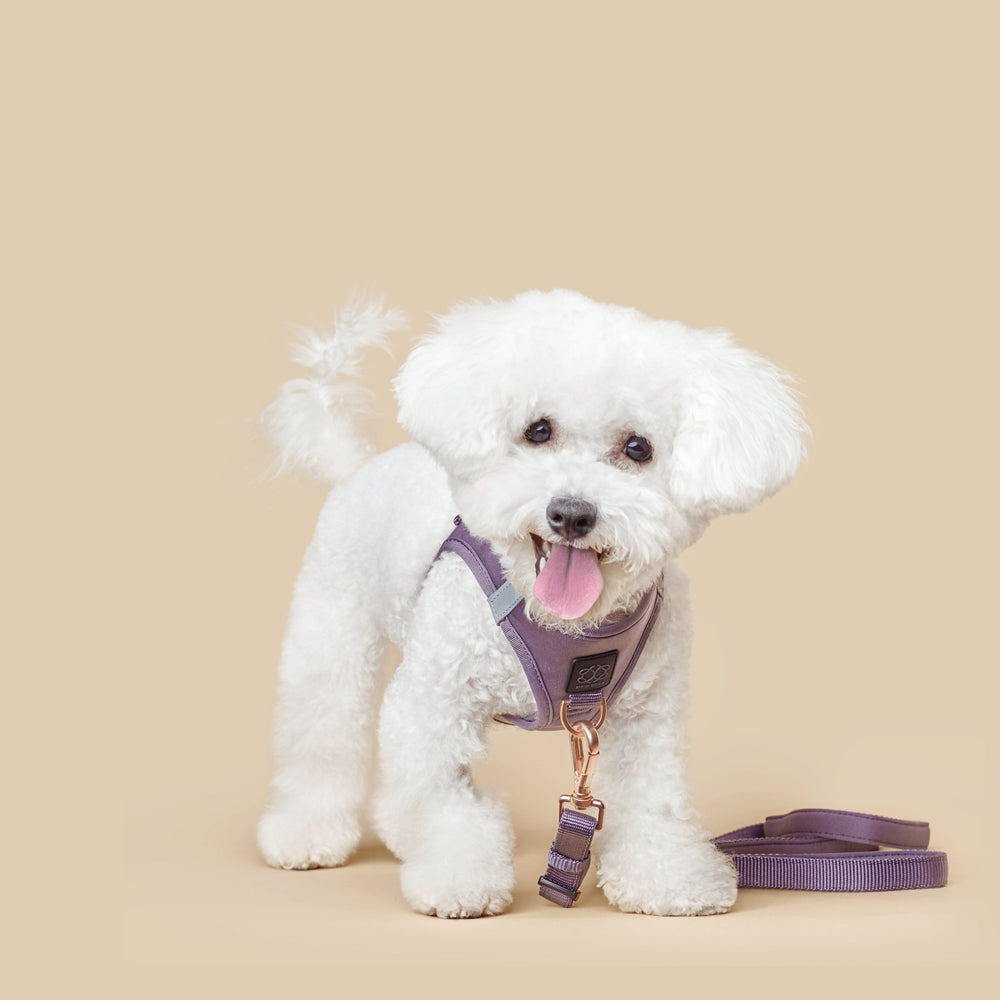
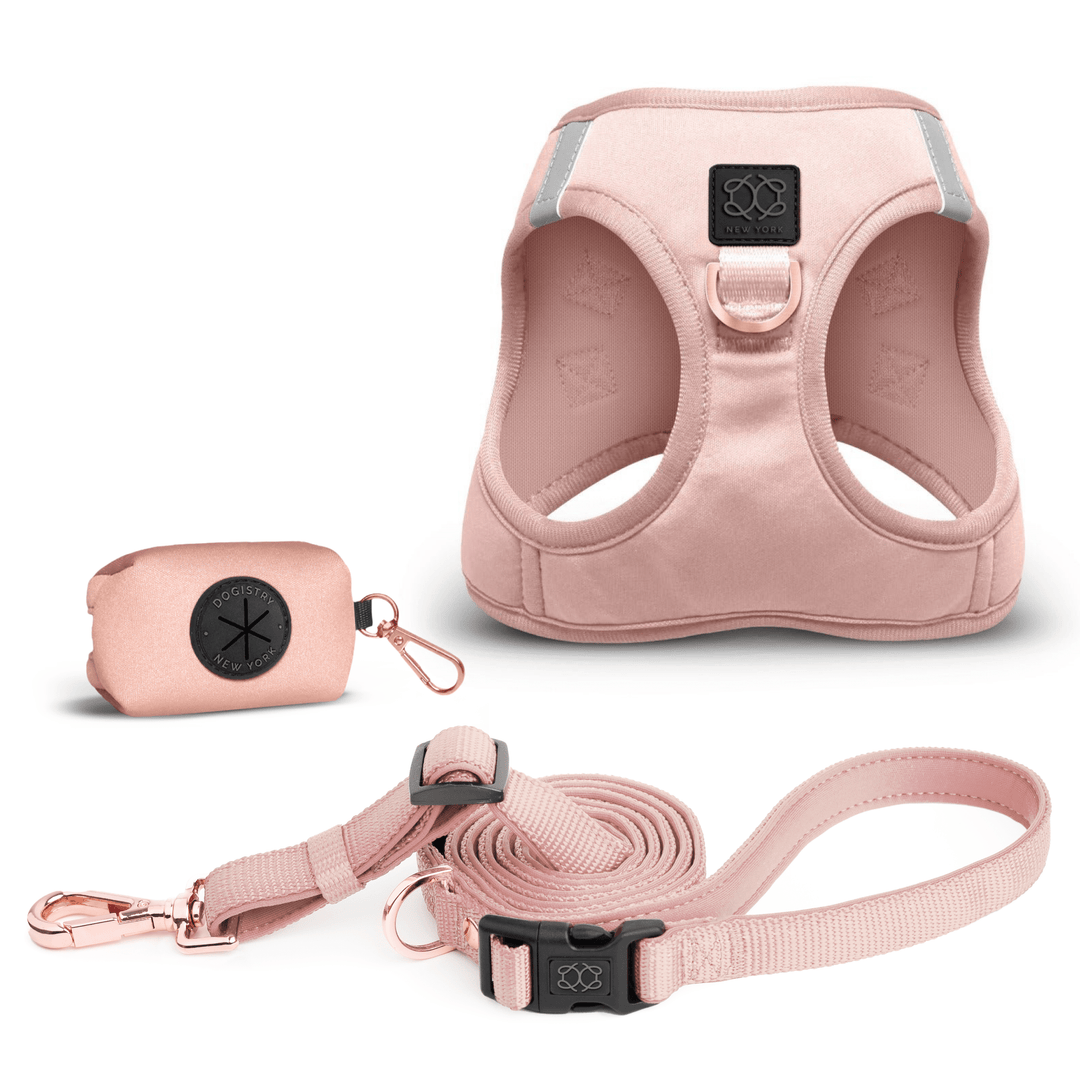
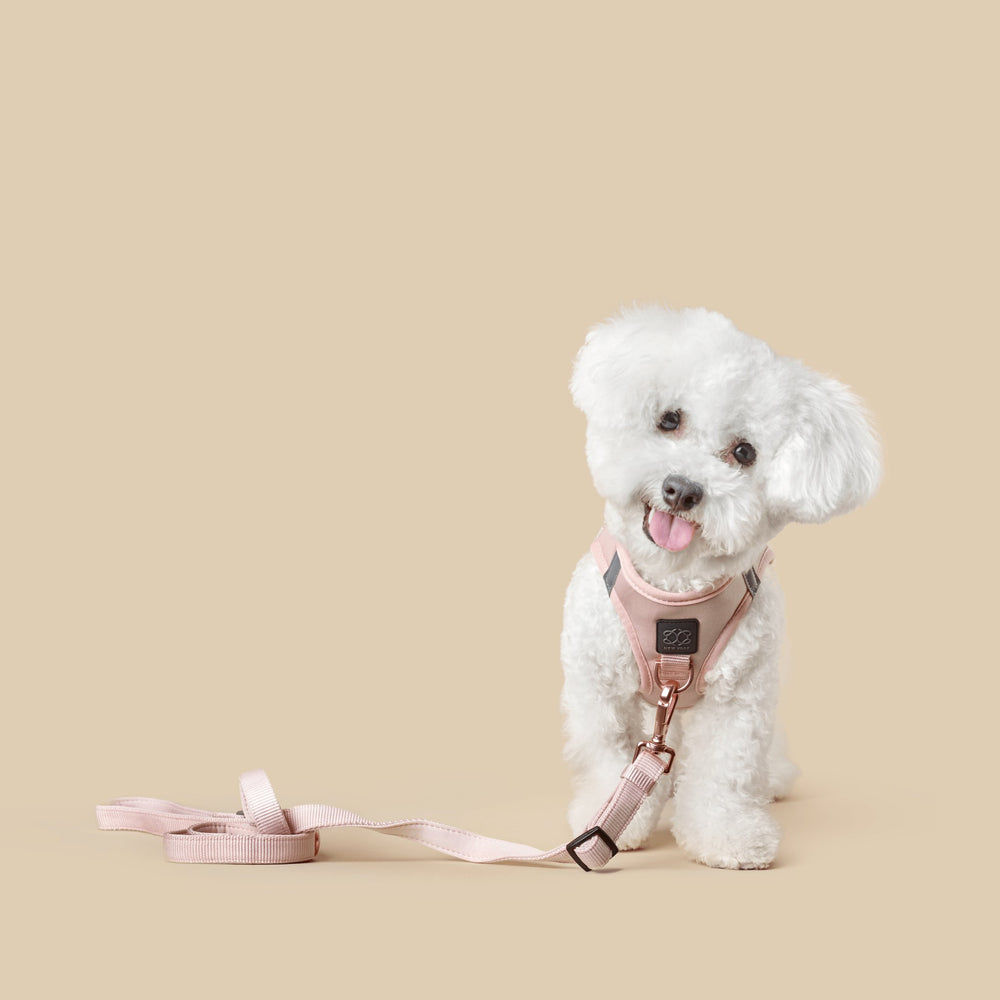


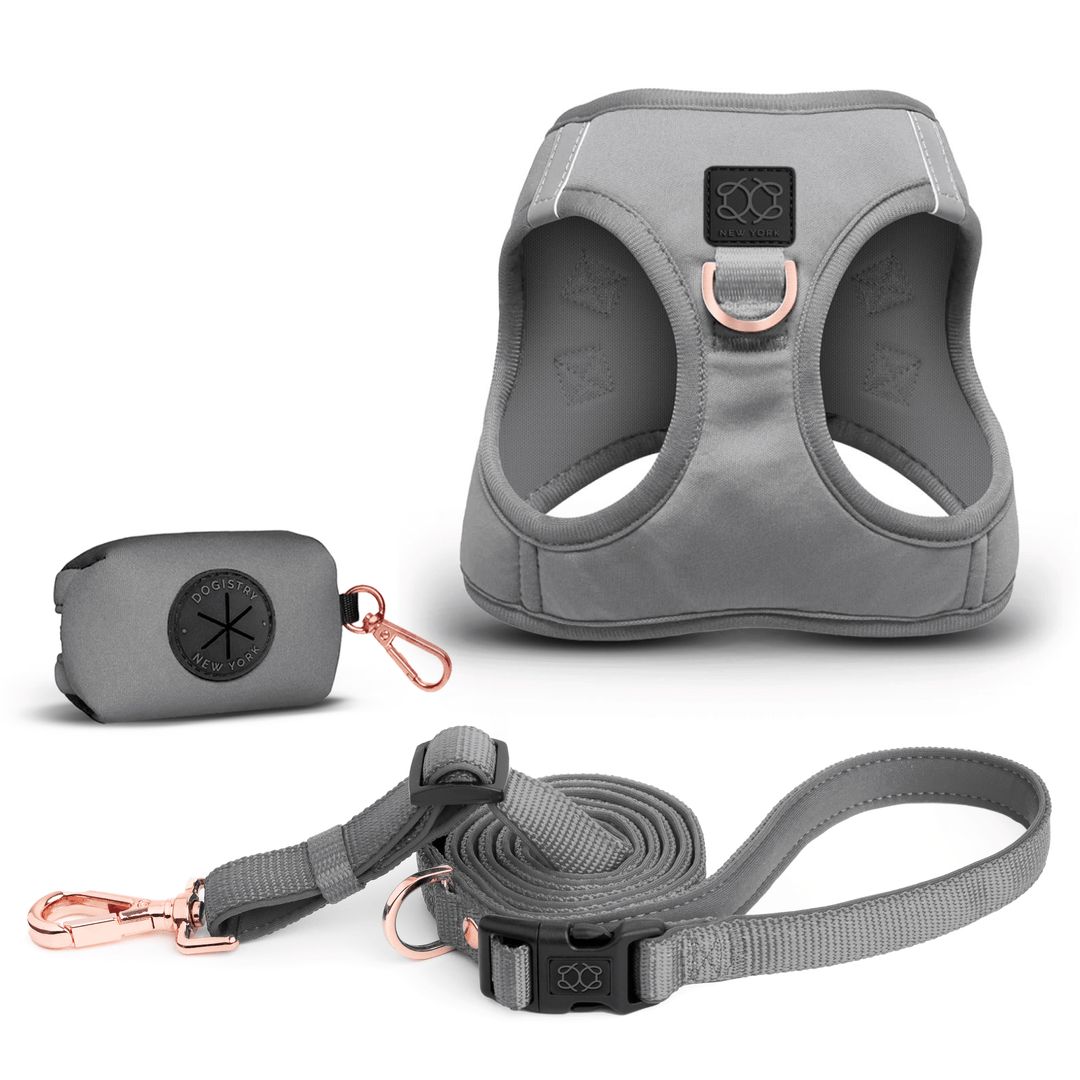



Leave a comment